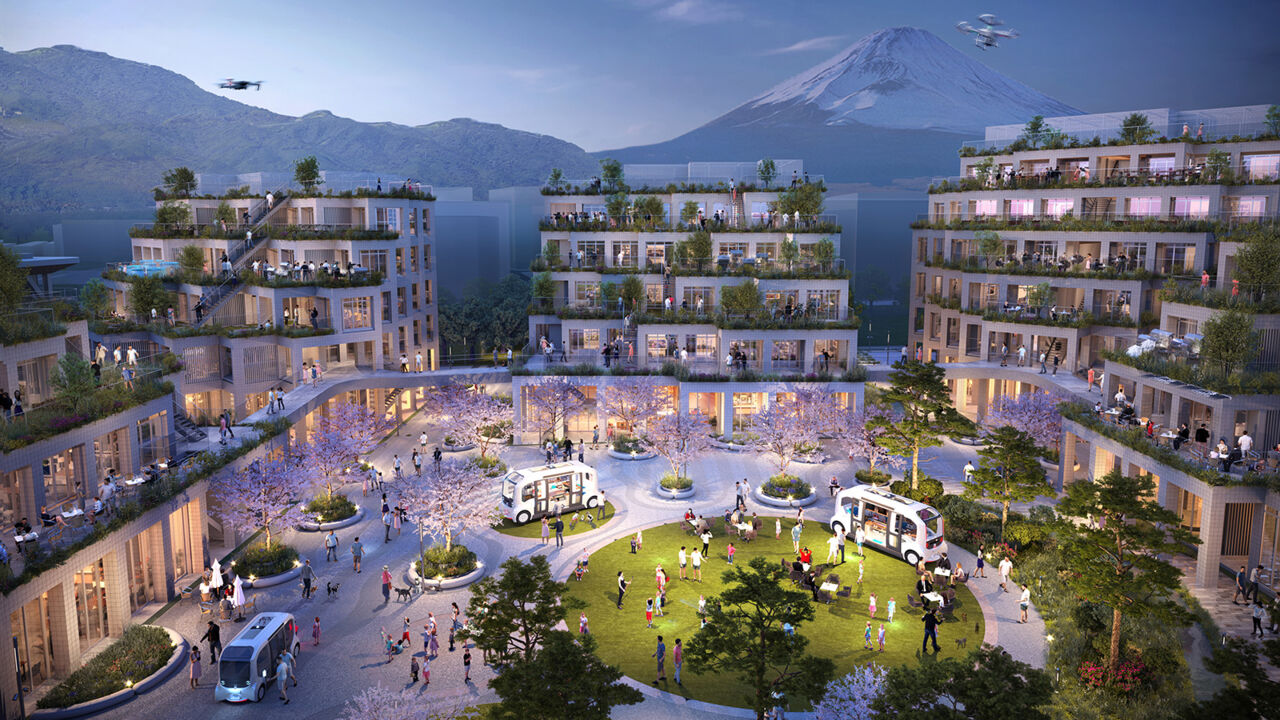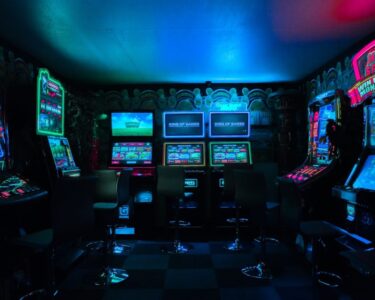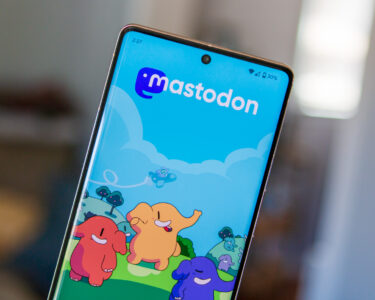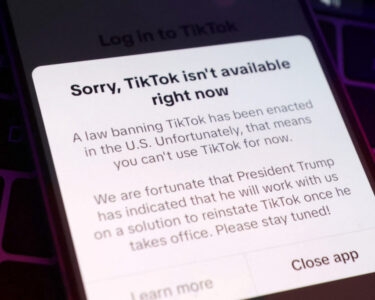Toyota’s Futuristic Woven City: A Bold Step Into Tomorrow
Imagine a place where autonomous vehicles glide silently alongside pedestrians, hydrogen power fuels every home, and smart technologies seamlessly integrate into daily living. Toyota’s Futuristic Woven City is no longer a vision—it’s becoming a reality, and it’s paving the way for a completely transformed urban lifestyle. Announced with great anticipation and located at the foot of Japan’s iconic Mount Fuji, the Woven City is Toyota’s ambitious attempt to build a smart living laboratory for the future.
For the latest updates on global innovations and technology, visit Zex News.
What is Toyota’s Futuristic Woven City?
The Woven City is Toyota’s bold answer to the question: “What will cities of the future look like?” This experimental metropolis is under construction, offering a unique blueprint for carbon-neutral living intertwined with cutting-edge robotics and artificial intelligence. Scheduled to gradually evolve over multiple phases, it will begin housing its first residents in 2025 (The Verge). The city aims to host employees, researchers, and their families in an ecosystem designed for testing cutting-edge technologies—not in theory, but in actual, everyday life.
Innovation at its Core: The Vision Behind Woven City
The heart of Toyota’s Woven City lies in its unwavering dedication to innovation. Named “Woven” to reflect the intertwined layers of community, environment, and technology, the city redefines what “smart urban living” means. Unlike traditional cities, the Woven City incorporates three distinct types of streets: one for pedestrians only, one for slower personal mobility devices, and a third for autonomous vehicles. This structured design ensures safety, efficiency, and harmony among diverse users.
But what truly makes this project revolutionary is how Toyota combines The Internet of Things, robotics, AI, and clean energy. Technologies like autonomous delivery bots, AI-powered infrastructure, and smart homes capable of monitoring health and enhancing well-being are integral to its vision.
Smart Living: What Residents Can Expect
In Toyota’s Futuristic Woven City, your home isn’t just “smart”; it’s practically alive. Equipped with sensors and AI-designed to understand a resident’s habits, these homes can predict needs before you express them. Whether it’s adjusting the room temperature, ensuring groceries are stocked, or even detecting health concerns in real time, these houses take care of it all.
Additionally, hydrogen-powered energy systems keep the city sustainable. This initiative complements Toyota’s efforts to lead the green revolution, cementing its status as a global innovator in sustainable energy technologies.
Why Woven City Matters for the Future of Urban Living
With rapid urbanization and the global climate crisis, the way cities operate today cannot sustainably support future generations. Toyota’s Woven City matters because it serves as an experimental hub to address these challenges on a smaller scale—before expanding the lessons to larger cities worldwide.
It isn’t just about automated cars or intelligent homes. It’s about creating a harmonious coexistence of humanity and technology without compromising the planet’s limited resources. Woven City serves as a prototype for how urban living can evolve to put people, not just profits, at its center.
Who Will Live in the Woven City?
The Woven City will house a carefully curated group of residents ranging from researchers and engineers to industry professionals and their families. Each resident will have a direct role in Toyota’s vision by testing and providing feedback on the technologies that power this futuristic city. Think of the Woven City as a living lab—a place where the future unfolds before our eyes, shaped by people who live in it.
In the first phase alone, roughly 360 residents will call Woven City their home. As development progresses, that number will grow. These pioneers will help Toyota solidify itself as a leader in reshaping urban landscapes.
Challenges in Building the Woven City
Bold visions come with equally bold challenges. For Toyota, constructing an entire city from scratch means addressing logistics, manufacturing, and social integration challenges head-on. Integrating these futuristic technologies in ways that enhance, rather than disrupt, daily life is no simple feat.
Moreover, dealing with unpredictable variables—like potential cultural resistance or unexpected technological hiccups—will test the feasibility of incorporating AI-driven urban systems into everyday life. Projects like Woven City must carefully balance high-tech conveniences with human-centric designs to ensure widespread acceptance, a challenge that Toyota seems prepared to face head-on.
How Toyota’s Futuristic Woven City Could Transform the Global Landscape
The implications of the Woven City stretch far beyond Japan’s borders. If successful, it could serve as a model for urban planning in rapidly growing megacities and aging infrastructures worldwide. Global governments and developers are closely observing Toyota’s endeavor to see whether the lessons learned can be replicated for broader societal good.
Additionally, Toyota’s commitment to leveraging open collaboration through initiatives like this could inspire other corporations to invest in sustainable, socially conscious innovations. The Woven City isn’t just a city; it’s a movement—a global symbol of technology’s ability to solve humanity’s most pressing challenges.
Toyota’s Futuristic Woven City is more than just an ambitious undertaking; it’s a spark of hope in an era of uncertainty. It shows us that the future doesn’t have to be filled with endless stress, waste, and inefficiency. It paints a picture of thriving urban centers powered by clean energy, defined by harmony, and driven by technology designed to serve humanity. As Woven City’s first residents move in come 2025, one thing is certain: this is a bold step toward a better tomorrow.
“`





